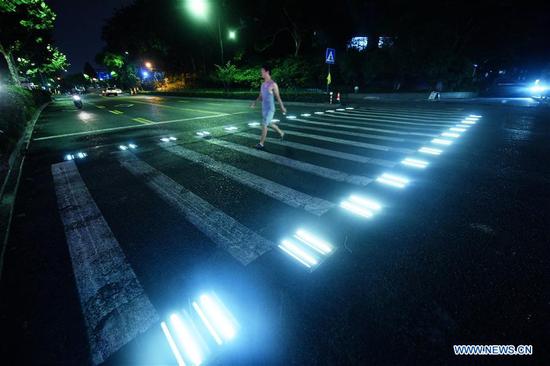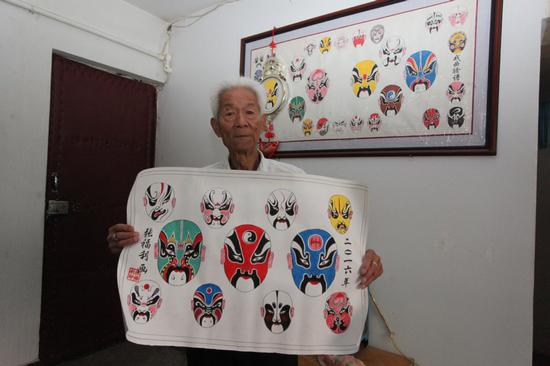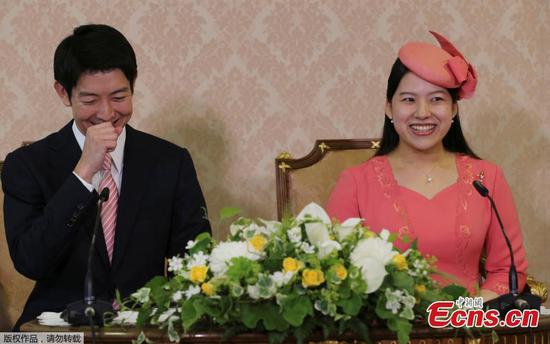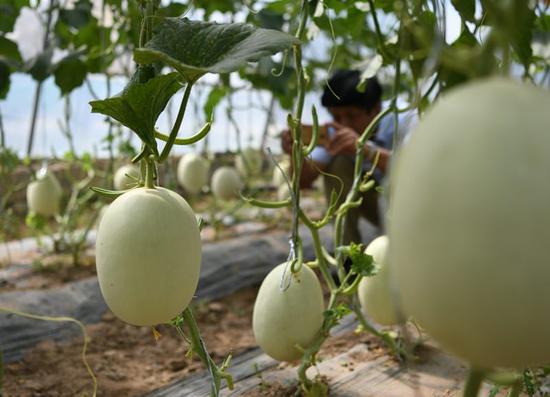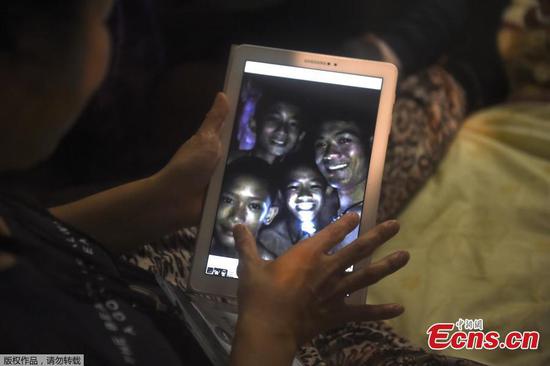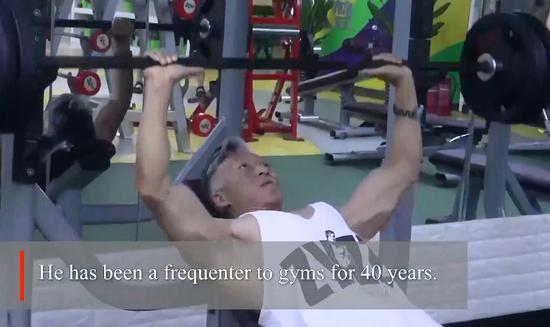Chinese scientists developed a window material with thin, see-through solar cells that could turn window into miniature electricity generators.
The window-compatible material reported in a study published on Tuesday in the journal Joule could potentially double the energy efficiency of an average household.
"Building-integrated photovoltaics are a great example of a market where silicon photovoltaics, despite their cheapness and performance, are not the most appropriate due to their dull appearance and heaviness," said the paper's senior author Yip Hin-Lap, a professor of materials science and engineering at the South China University of Technology.
"Instead, we can make organic photovoltaics into semi-transparent, lightweight, and colorful films that are perfect for turning windows into electricity generators and heat insulators."
To construct a prototype capable of simultaneously outputting electricity and preventing excessive heating, the researchers needed to perform a three-way balancing act between harvesting light for electricity generation, blocking it for heat insulation, and transmitting it as a window normally would.
They put together a device that let the familiar visible portions of sunlight through, turned back the infrared light, and converted the near-infrared region in-between into an electric current.
In theory, installing windows outfitted with dual electricity-generating and heat-insulating properties could cut an average household's reliance on external electric sources by over 50 percent.
These dual-function materials are still very much in their infancy, but the authors expect them to pave the way to new beneficial technologies.
"Making heat-insulating multifunctional semitransparent polymer solar cells is just the beginning of exploring new applications of organic photovoltaics," said Yip.
"A version tailored for self-powered greenhouses is only one of many impactful products that we want to develop for the future," said Yip.















